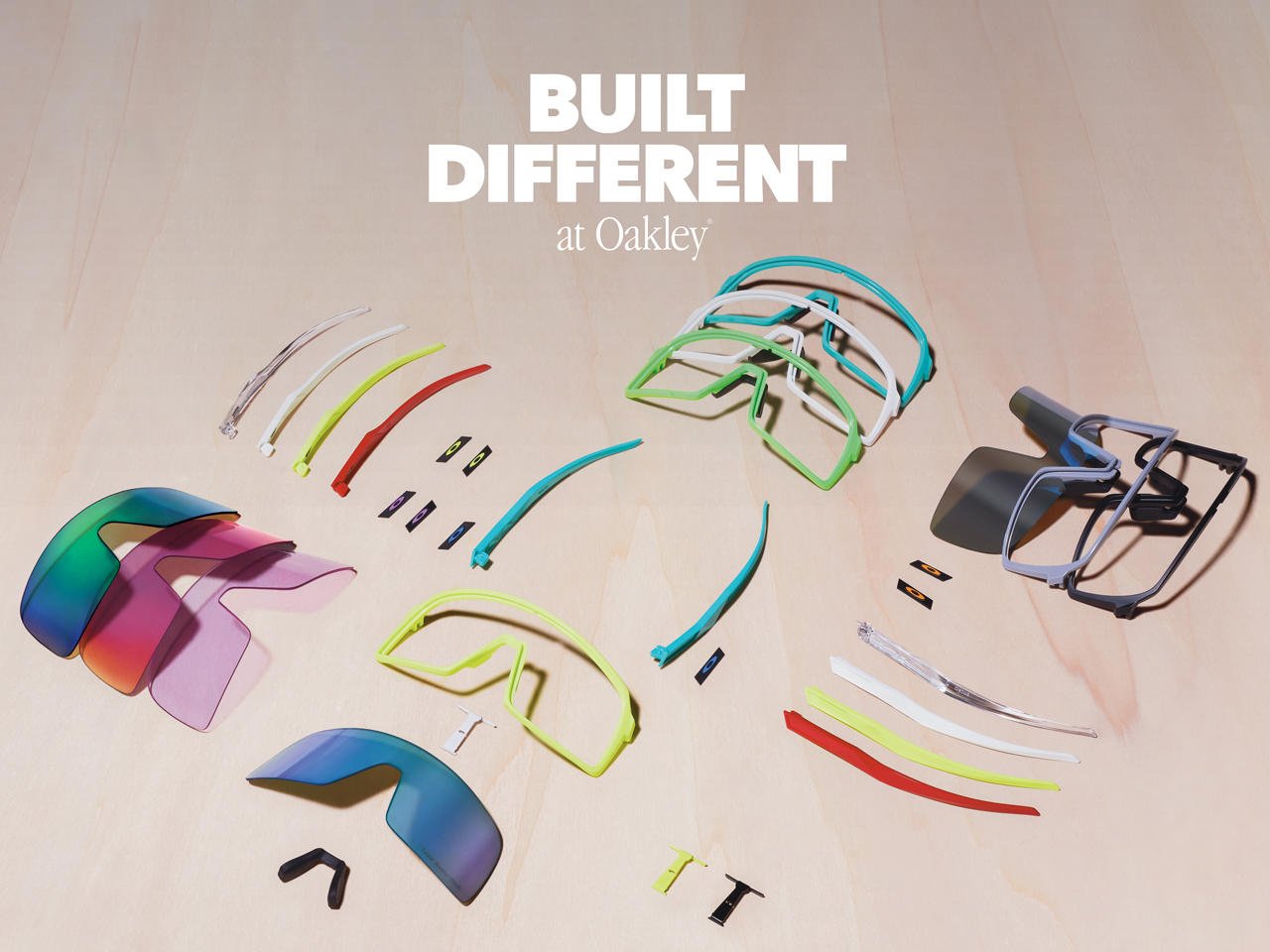OAKLEY VISION PERFORMANCE LAB
Evaluative research of Oakley’s patented vision enhancement lens technology (PRIZM) in the retail space.

OVERVIEW
PRIZM is an Oakley lens technology designed to enhance color and contrast so you can see your environment in more detail.
Think of it like putting an Instagram filter on the world. However, PRIZM was not created for aesthetic, it was created to help athletes maximize their experience safely.
When we look at the world, our eyes receive all colored wavelengths in the form of light, and this is how we are able to see different colors. PRIZM makes it so that certain colors are absorbed more than others through the lens.
If you are a golfer, PRIZM can filter out green so that the white ball is more visible than the grass. If you are a fisherman, PRIZM filters out the blue water so that you can “see through” it better to visualize fish. PRIZM has been designed for many different sports including snow, everyday, road cycling, mountain biking, tennis, golf, fishing, etc.

MY ROLE
Role: Led the project as a Senior UX Researcher
Team: Oakley Vision Performance Lab
Timeframe: 2022
METHODS
-
Autonomous Shopping: participants shopped individually in Oakley stores across the US while being observed by a researcher. Their task was to find a piece of eyewear that they thought would best suit their lifestyle & activities.
Assisted Shopping: after shopping alone, participants were approached by a sales assistant who helped them understand how PRIZM technology works.
The researcher observed all of this, recording video and audio.
-
Not only were participants observed and recorded by the researcher, but they were also asked to wear eye tracking glasses while they shopped. This provided data about where the eye is drawn in stores.
-
After they had completed shopping, participants were interviewed individually by a researcher. They were asked about their general experience, their understanding of PRIZM products and PRIZM as a technology, and assessed for their learning and perception.
-
Sessions concluded with an education discussion where participants were asked about the best ways to learn and receive information about PRIZM, marketing materials and tools they experienced in stores, and the best way to facilitate their experience with PRIZM.
USERS
Participants were recruited through convenience sampling and in-store recruitment. Achieving the desired sample size through willing sign ups was difficult. Users came from 4 different geographic regions in order to ensure that different PRIZM use cases and products were tested.
INSIGHTS
-
Getting inspired by the product before shopping.
We discovered 4 personas for PRIZM, the intrinsic and extrinsic motivators for shopping for PRIZM, how users emotionally intrpret lens colors, and how culture and environment can create bias.
-
Navigating, exploring, and discovering the shopping environment.
We learned how we can best display and organize the different PRIZM categories in the store, how labels can create perceived intentions of products, how placement and lighting of PRIZM products is essential, how organization can provide education opportunities, and how to optimize marketing opportunities in the store.
-
Interaction with products, tools, and salespeople.
We learned how to create in-store tools that are the best for customer engagement, how videos are perceived by customers, how to use paper information displays vs. physical tools, how to adjust the PRIZM names, and how to balance aesthetic with use case.
RECOMMENDATIONS
The insights from this research led to many recommendations for product, design, sales, and marketing teams. Some of these recommendations included:
Macro: ways to build awareness, ways to enhance the customer research experience, ways to build closer relationships w/ customers.
Midi: ways to create impactful in-store education, how to lighten the mental load, how to streamline navigation in stores.
Micro: ways to provide in-depth and surface level education, how to create immersive in-store experiences, how to define a more user friendly language.
POST UXR WORKSHOPS
After the research was completed, cross functional teams had many workshops to ideate the future of PRIZM in the retail space.
IMPACT
New PRIZM section added to the website within 1 week after sharing research with crossfunctional teams.
Co-creation session executed, ideas generated for each level of recommendations (macro, midi, micro).
More conversations surrounding tools, education, marketing, etc.
Follow-up research in process surrounding PRIZM education on the micro scale with environmental sustainability in mind.







